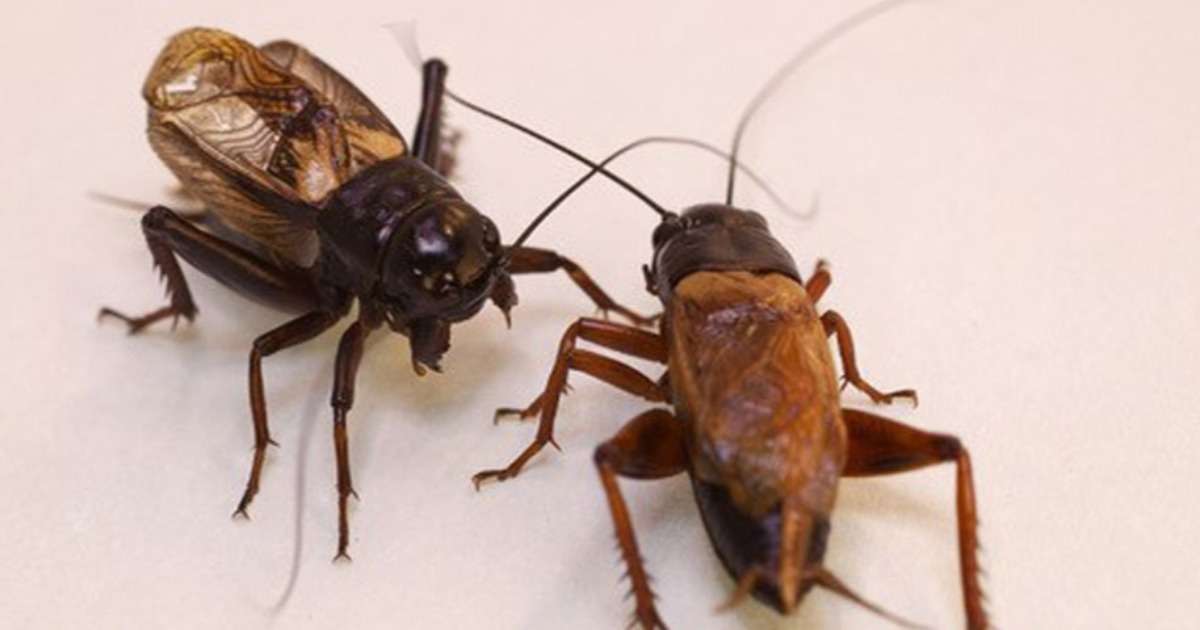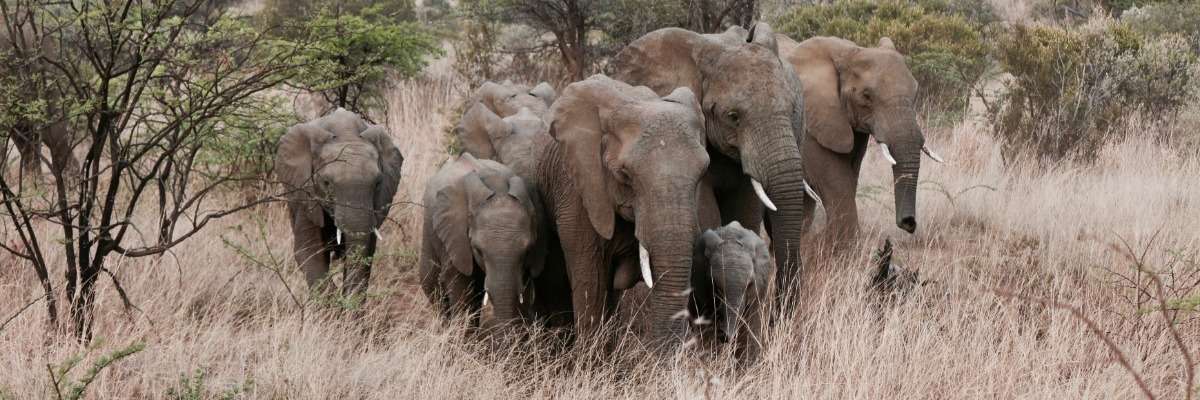
Observing social behavior and communication in wild elephants
A trunk-to-mouth greeting ritual. Yes. We are talking about elephants here.
Dynamics of dominance hierarchies
Last week we’ve put a great link on our Facebook page, to a blog post from the New York Times. In their ‘scientists at work’ section, world renowned elephant specialist Dr. Caitlin O’Connell-Rodwell writes about her study on the dynamics of dominance hierarchies in male elephants. Both engaging and intriguing, this post is ready worth a read. Check it out at: http://scientistatwork.blogs.nytimes.com/2011/07/25/carrots-and-sticks-in-elephant-land/
Dr. O’Connell-Rodwell seems to be camping out at the Mushara drinking hole in Namibia for quite some time now, in her latest book ‘The Elephant Scientist’ you can read her research there started almost twenty years ago.
From their research tower, she and her colleagues scan the horizon until the elephants appear and they can start observing and documenting their behavior on video and by live scoring (with The Observer XT). A trunk-to-mouth greeting, a displacement from a subordinate from the best drinking place, and affiliative behaviors such as a trunk wrap or some gentle sparring.
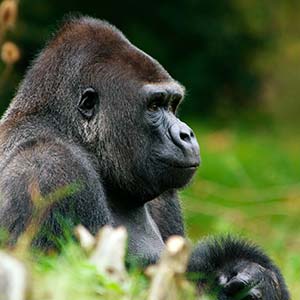
Seismic communication
Her research is not limited to social affiliative and aggressive behaviors though - she has also done some fascinating work on seismic communication between elephants. For example, she showed that elephants are able to produce vocalizations that couple with the ground and travel along the surface of the earth. If these are alarm calls, the seismic signals are recognized, and the elephants respond accordingly by getting closer together and changing their body orientation to a position perpendicular to the source of the signal. They also leave the drinking hole sooner.
Further study also showed that discriminate differences between seismic playbacks of the same call type made by different callers (unfamiliar vs familiar herds).
More about this research can be found here.
On our website you find more details on our solutions to score animal behavior.
Get the latest blog posts delivered to your inbox - every 15th of the month
more
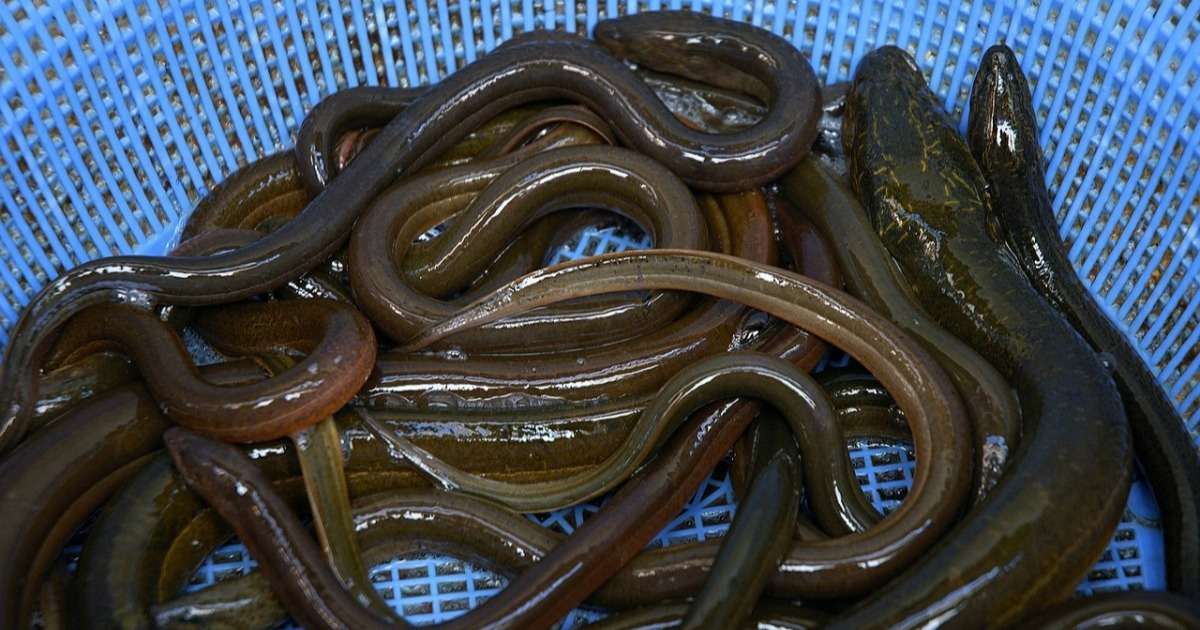
Making the impossible possible – Tracking under water in the dark
European eels (Anguilla anguilla) have a life cycle in which both larvae and adults travel incredible distances. The eggs hatch in the Sargasso Sea near North America and the larvae swim all the way to Europe.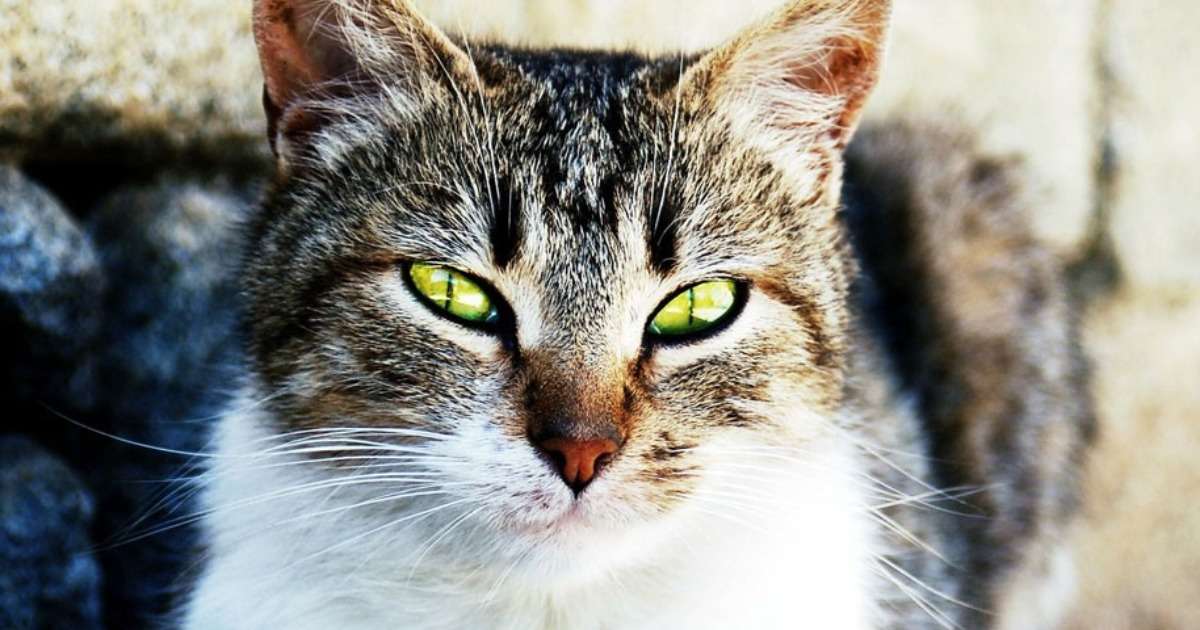
Picky cats and tasty food – sniffing is an indicator for tastiness
Cats can be extremely picky when it comes to food. If the cat doesn’t like it, it will refuse to eat. Reason enough for the pet food industry to try to find out what cats really like.